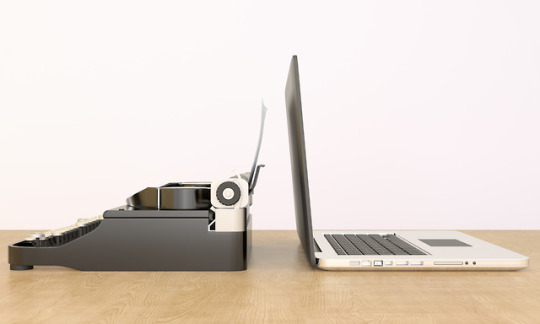By Oliver Hutaff
CFO/COO
Electric Imp
Many businesses are already using the IoT to transform their products and services, but innovation continues to reduce the overall cost and complexity of developing connected devices — leading us to believe 2018 will be a decisive year for IoT deployments. The post below is the second of a three-part series exploring the major trends that will help customers realize the true power of real-time IoT connectivity.
IoT Retrofits will Bring New Life to Aging Equipment
Breathing new life into aging equipment within industrial and commercial settings has the potential to deliver some of the greatest business returns for IoT in 2018, especially when you can support integration with legacy enterprise systems without the need for customers to hire a team of embedded engineers.

Supporting Business Evolution
Pitney Bowes, a $3.6 billion provider of mailing and shipping services, recognized the business value of the IoT in early 2016 and leveraged the Electric Imp Platform to create a cost-effective method of retrofitting the dial-up communication found in legacy postage machines for real-time insights. The collaboration between the two companies demonstrates how a robust packaged offering can help enterprises scale new products and services quickly, safely and securely.
By collaborating with Electric Imp, Pitney Bowes developed SmartLink, a solution that allowed the company to improve communication with its postage meters without the time, cost or complexity of complete equipment redesign. Pitney Bowes leveraged Electric Imp’s partner ecosystem and established a private cloud infrastructure to support the new incoming data without the need to modify its existing framework. Additionally, Electric Imp’s platform simplified integration with enterprise systems to help Pitney Bowes avoid the complexities of developing, deploying, securely connecting and managing IoT devices at scale — all of which is included in the Electric Imp platform offering.
The postage meters are now automatically updated whenever postal rates change, while integrated cloud services monitor each connected metering machine for ink and prepaid postage levels. The SmartLink device also transmits the machine’s diagnostic data to the cloud, enabling customers and machine technicians to respond to error notifications in real-time.
The packaged solution not only allowed Pitney Bowes to seamlessly retrofit hundreds of thousands of machines, it also revolutionized the company’s business model and created new revenue streams through data insights to support services such as real-time customer service and preventative maintenance and supply replenishment.
Accelerating Preventative Maintenance
In the industrial world, Electric Imp’s platform and industry resources are being used similarly by Petasense to speed the development of its machine learning-based predictive maintenance technology.
Petasense’s flagship product is the Mote, a wireless, triaxial vibration sensor that embeds Electric Imp technology for WiFi connectivity. The Petasense and Electric Imp clouds integrate to collect vibration sensor data, so that it can be trended and analyzed using machine learning algorithms.
The connectivity platform, operating system and standard partner cloud connections provided by Electric Imp eliminated the painstaking process of solving each challenge individually for Petasense — empowering the company to get to market well ahead of its competition at an extremely disruptive price point.
What’s Next?
Unlike software or small low-cost electronics, industrial and commercial machinery cannot be upgraded every couple of years to keep up with technology. For many companies, that means relying on equipment investments for up to 50 years. However, IoT retrofits provide the ability to gather real-time insight from, and control over, each piece of equipment in the field.
And as the industry continues to develop the partner ecosystems discussed in part one of this series, we will only make it easier and more cost-effective for established organizations and startups alike to get their retrofit IoT projects off the ground — effectively limiting possibilities to how well data can be utilized rather than concerns over connectivity or security.
As we’ve seen with Pitney Bowes and Petasense, these low-cost retrofits have the potential to deliver major business benefits, and we expect to see a lot more in 2018.
To learn more how smart companies can innovate and transform their businesses through the power of secure IoT read this IndustryWeek report here.